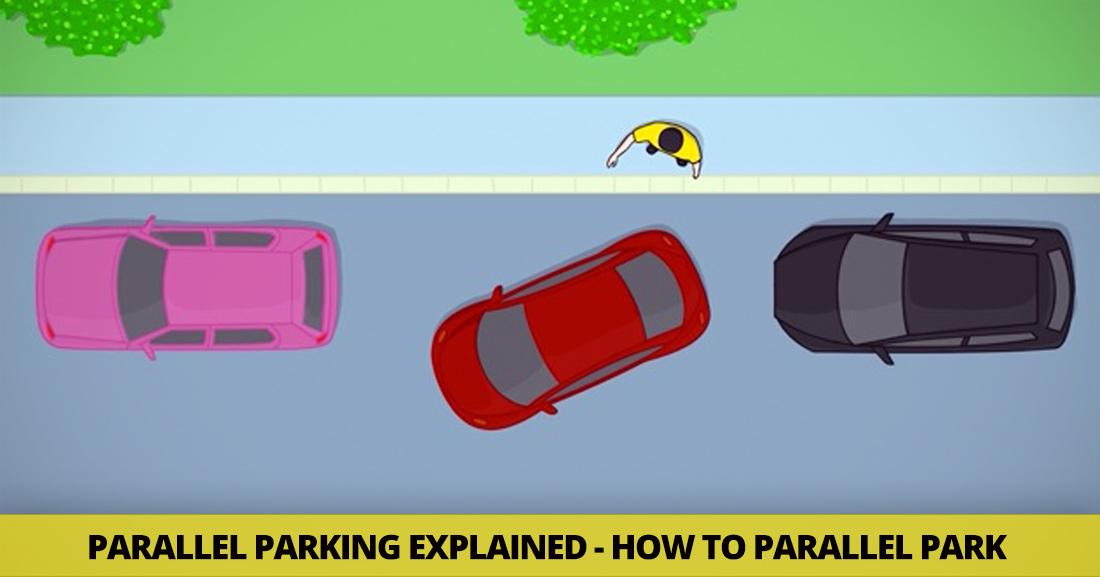Dimensions Of Parallel Parking Space For Drivers Test
• Seek out a space you feel comfortable that you can safely get your car into without crunching into another car. Drive around the block until you find a larger gap if you need to; you will need a space that's several feet longer than your car. • Check your rearview mirror and driver-side mirror as you approach the space to ensure another car is not riding on your tail. Signal toward the space as you approach it, slow down, and stop. Download Cisco Router Ios Image Gns3vault. If another motorist rides up on your rear, simply maintain your position and keep signaling. You might even need to roll down your window and wave the other driver around; they might not have realized you're trying to park. Acdsee Mac Pro 3 Keygen Download on this page.
Jul 24, 2017 - 46 sec - Uploaded by sparky rulesHow much space do you get for a parallel parking spot in driving the driver's test your.
• Line up your vehicle with the parked vehicle directly in front of your desired spot. Don't get too close on the side, or you might scrape the other car when you make your move. But you also don't want to be too far away―two or three feet will suffice. Position your vehicle parallel to the parked car, aligning your bumpers. • Check your surroundings. Use all your mirrors and check your blind spots for cars, bicyclists and pedestrians BEFORE you begin to reverse your car.

• Put your vehicle in reverse. Look over your other shoulder at the space to assess the gap.
• Release the brakes and slowly begin backing into the turn. • Turn the steering wheel when you see the front car's back bumper. When your back axel is aligned with the front car's bumper, turn your steering wheel all the way to the right (assuming you're parking on the right-hand side of the road). • Reverse until your car is at a 45-degree angle. Then, t urn your steering wheel in the opposite direction.
Imagine your car is creating an S shape as you are maneuvering into the spot. • Keep backing up until your car is in the spot. Be sure to take a few quick glances at the front of your car to make sure you don't hit the vehicle in front of your spot.
• Pull forward to straighten out. Once you're in the spot, you can turn the steering wheel so your tires are parallel to the curb. At this point, if all went well, you should be tucked nicely in the space and parallel parked. If you aren't, there's no harm done. Just signal that you're about to leave the curb, pull out and alongside the car in front of you, signal toward the curb again, and start over. You won't be the first person―and certainly not the last―who tries parallel parking a few times before getting it right. Keep in mind that some states require your vehicle to be within a certain distance from the curb.
The ideal distance when parallel parking, for the safety of you and your vehicle, is to be within a few inches of the curb. If you're not close enough, don't be afraid to start again. And remember—practice makes perfect!